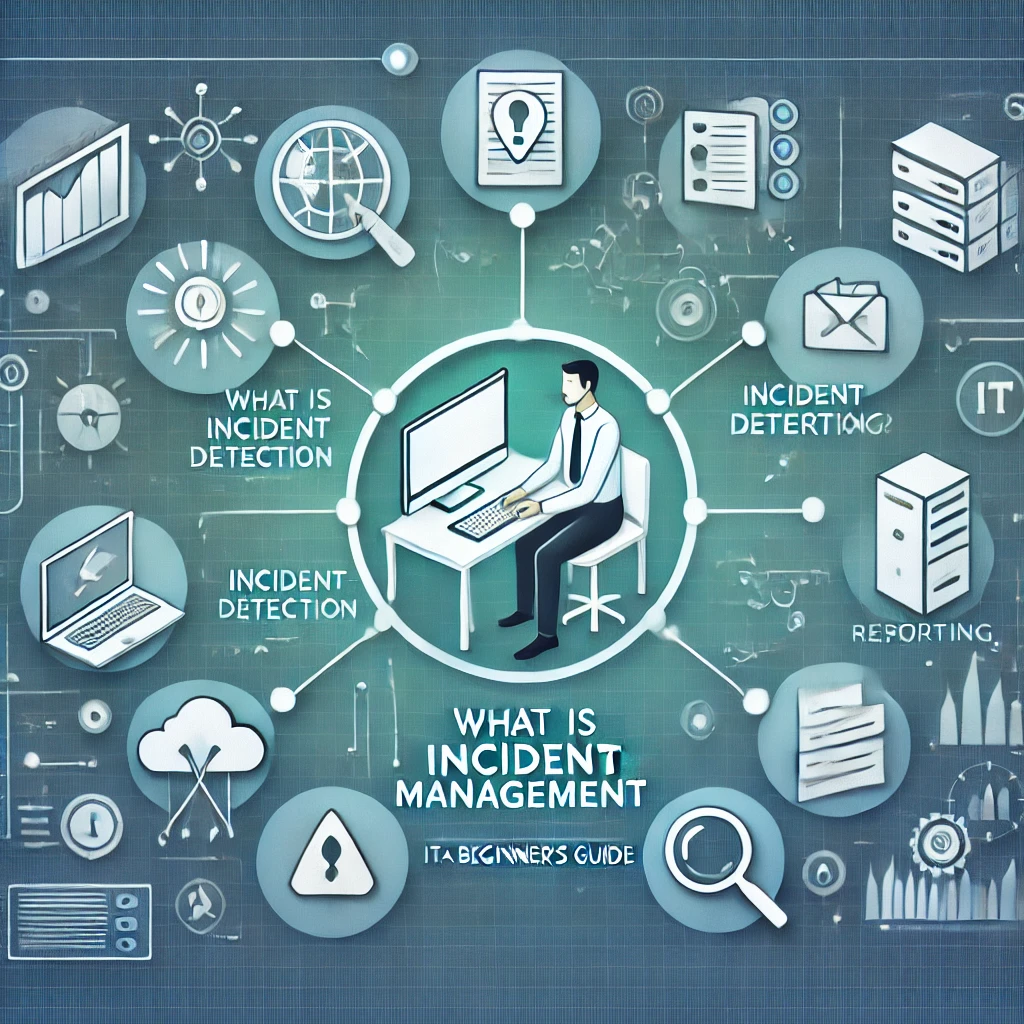📌 Incident Postmortem Best Practices: Learning from IT Outages
🔍 Introduction
Incident Postmortem: Every IT system, no matter how robust, is bound to experience incidents at some point. The key to maintaining a reliable infrastructure is not just about responding to incidents efficiently but also learning from them. This is where incident postmortems come in.
An incident postmortem is a structured review process conducted after an IT outage or system failure to analyze what went wrong, identify the root causes, and document lessons learned. Conducting effective postmortems helps teams improve their incident response strategy, system reliability, and operational efficiency.
In this blog, we will explore:
- What an incident postmortem is
- Why postmortems are essential for IT teams
- Best practices to ensure a successful postmortem process
- How to turn postmortems into actionable improvements

🚀 What is an Incident Postmortem?
An incident postmortem is a structured and objective analysis of an IT outage or failure. The goal is to understand why the incident occurred, how it was resolved, and what steps can be taken to prevent similar occurrences in the future.
A well-documented postmortem helps organizations improve response efficiency, strengthen monitoring and alerting systems, and refine processes to mitigate risks proactively.
🔑 Key Components of an Incident Postmortem:
📌 Incident Summary – A concise overview of what happened.
📌 Timeline – A chronological breakdown of events leading to the failure.
📌 Root Cause Analysis (RCA) – Investigating the primary cause of the incident.
📌 Impact Assessment – Evaluating the effect on users, business operations, and system performance.
📌 Resolution Steps – Actions taken to resolve the issue and restore services.
📌 Preventive Measures – Strategies to mitigate future risks and avoid recurrence.
🎯 Why Are Postmortems Important?
Postmortems play a critical role in IT incident management and system resilience. Without structured postmortems, teams risk repeating the same mistakes, leading to recurring outages, operational inefficiencies, and dissatisfied users.
Key Benefits of Conducting Incident Postmortems:
✅ Identifying System Weaknesses – Helps uncover flaws in infrastructure, processes, or workflows.
✅ Improving System Reliability – Ensures corrective actions are implemented to prevent future incidents.
✅ Enhancing Team Collaboration – Encourages cross-functional learning and knowledge sharing.
✅ Driving Continuous Improvement – Helps refine monitoring strategies, automation, and operational processes for better incident handling.
🏆 Best Practices for Conducting an Effective Postmortem
To maximize the benefits of an incident postmortem, organizations should follow best practices that promote transparency, accountability, and continuous learning.
🕒 1. Schedule Postmortems Promptly
Timing is crucial. Conduct the postmortem within 24-48 hours of incident resolution to ensure that details remain fresh in the minds of responders.
🛑 2. Foster a Blameless Culture
Encourage teams to focus on what went wrong instead of who caused the issue. A blameless culture fosters open discussions and allows for honest assessments of failures.
📊 3. Gather and Analyze All Relevant Data
Use monitoring tools such as Grafana, New Relic, Prometheus, and logs from servers and applications to reconstruct a detailed timeline of events.
✍ 4. Maintain Structured and Clear Documentation
A well-documented postmortem should include:
- Incident Summary – A high-level overview of the event.
- Impact Analysis – How the outage affected business operations.
- Root Cause Analysis (RCA) – A deep dive into the failure.
- Resolution Details – Actions taken to resolve the issue.
- Preventive Measures – Steps to mitigate similar risks in the future.
🔄 5. Conduct a Detailed Root Cause Analysis (RCA)
To prevent future incidents, teams must conduct Root Cause Analysis (RCA) using structured methodologies like:
🔹 5 Whys Analysis – Asking “Why?” multiple times until the root cause is identified.
🔹 Fishbone Diagram (Ishikawa Analysis) – Visually mapping out possible contributing factors.
🔹 Failure Mode and Effects Analysis (FMEA) – Assessing potential failure points and their impacts.
🏗 6. Define and Implement Corrective Actions
Every postmortem should result in actionable improvements. Ensure that all recommended actions are:
- Clearly defined
- Assigned to responsible teams
- Tracked for implementation
🚀 7. Share Findings Across Teams
Documented postmortems should be accessible to all relevant teams via knowledge-sharing platforms like Confluence, Jira, or ITSM tools like ServiceNow and Freshdesk.
🔁 Turning Postmortems into Continuous Improvement
A postmortem is not just a report—it’s a roadmap for continuous improvement in incident management.
How to Turn Postmortems into Actionable Improvements:
✔ Automate Monitoring & Alerts – Implement proactive monitoring with New Relic, Grafana, Prometheus, and ELK Stack to detect anomalies before they escalate.
✔ Refine Incident Response Plans – Update incident response playbooks, escalation policies, and runbooks based on postmortem insights.
✔ Conduct Regular Reviews – Revisit past postmortems quarterly to ensure lessons learned are applied in real-world scenarios.
🚀 Conclusion
Incident postmortems are essential for IT organizations aiming to build resilient systems, improve reliability, and enhance incident management strategies. By focusing on learning from failures, fostering a transparent culture, and implementing structured analysis methods, teams can transform outages into opportunities for growth.
By following the best practices outlined in this guide, your organization can improve response times, prevent recurring issues, and build a stronger, more efficient IT infrastructure.
🚀Learn More:
📌 Have you ever encountered challenges in Incident Postmortem? Share your thoughts and experiences in the comments below!




